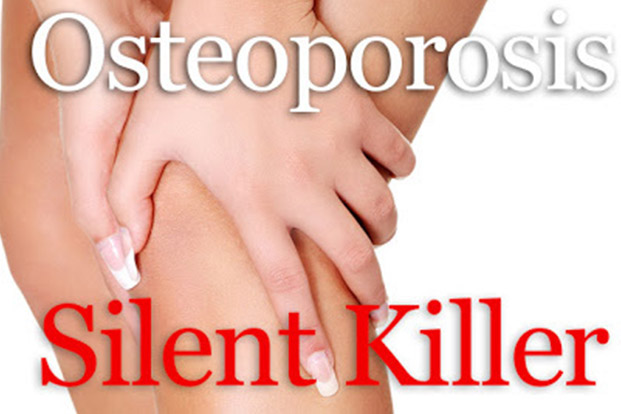What is Osteoporosis – The Silent Disease?
Apr 19, 2022
Osteoporosis is a major bone health issue of our our country. Osteoporosis or Brittle Bone Disease makes the bones fragile making it more prone to fractures. Consequently with little bump or a fall from standing height may result in a fracture which is generally termed as “Fragility Fracture“. Wrist, vertebrae and hips are the most common sites for fracture but it may occur in long bones of the leg (tibia and fibula), ribs and the collar bone. According to statistics 1 out of 3 females and 1 out of 8 males suffer from osteoporosis in India. It has been projected that by 2016 India would have more than 40 million patients suffering from this “Silent Disease“.
The Cause:
Bones stop growing in length between the ages of 16 and 18, but bone density continues to increase slowly until a person is in his or her 20s. At this point the balance between bone demolition and bone construction becomes stable. After the age of around 35, bone loss increases very gradually as part of the natural ageing process. This can lead to osteoporosis and an increased risk of broken bones. Women are particularly susceptible because bone loss becomes more rapid for several years following the menopause.

The Risk Factors:
- Family History of Fracture: Our genes determine our risk of osteoporosis to a large extent. Some families have a smaller, finer build and osteoporosis. If one of your parents had a broken hip you are more likely to have a fracture yourself.
- Age: By the age of 75 years, about half of the population will have osteoporosis as measured on a bone density scan. Women have smaller bones than men and menopause accelerates the process of bone loss. The female hormone, oestrogen, has a protective effect on bones. At the menopause (normally around the age of 50), the ovaries almost stop producing this hormone making women susceptible to osteoporosis or bone thinning.
- Alcohol: Consumption of alcohol appears to be a significant risk factor for osteoporosis and fractures.
- Falls: Older people who are at risk of falling are more likely to have fractures, especially of the hip, after the age of 75 years.
- Medical Conditions: Patients of Rheumatoid Arthritis, Thyroid hormone Excess, Crohn’s Disease, Coeliac Disease are more susceptible to develop Osteoporosis.
- Very Thin Individuals: Men and women who have small body frames tend to have a higher risk because they may have less bone mass to draw from as they age.
- Drugs: Patients who are on long term steroids or anti epileptic drugs are more susceptible to develop Osteoporosis.
Hence it is better that every individual accepts the path to a healthier life by inculcating healthy aspects in their lifestyle. Its time act young and serve up our bone health.
Facebook: #LoveYourBones
Twitter: #LoveYourBones









